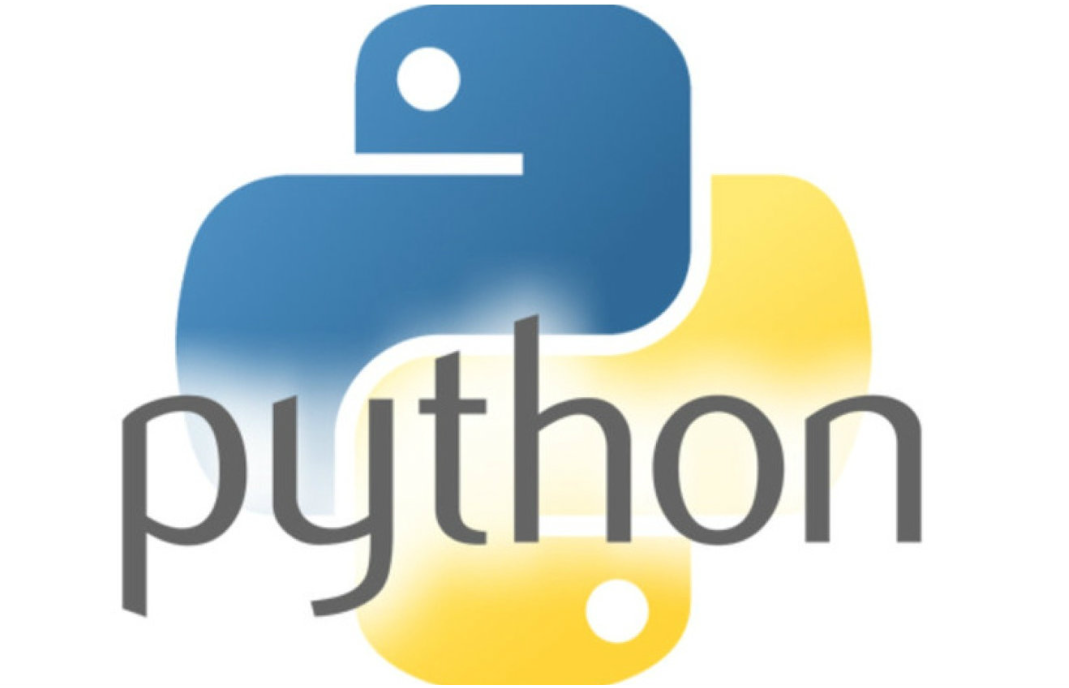测试开发技术网站
博客
设计
设计
开发
Python
测试
unittest
运维
Linux基础应用
CI/CD
CI/CD
数据库
数据库
云计算
云计算
云原生
云原生
爬虫
爬虫
数据分析
数据分析
人工智能
人工智能
登录
注册
Python字符串操作:字符串基本操作、字符串方法、格式化
收藏本文
作者:redrose2100 类别: 日期:2023-11-07 07:38:25 阅读:854 次 消耗积分:0 分
[TOC]  # Python字符串操作:字符串基本操作、字符串方法、格式化 Python字符串是编程中常用的数据类型之一,它提供了一系列的内置方法,使得字符串操作变得简单高效。本文将通过代码示例详细介绍每种字符串方法的使用。 ## 字符串基本操作 ### 创建字符串 ```python # 单引号 str1 = 'Hello' # 双引号 str2 = "World" # 三引号 str3 = """Hello, World!""" ``` ### 连接字符串 ```python # 使用加号连接字符串 greeting = str1 + ' ' + str2 + '!' print(greeting) # 输出: Hello World! ``` ### 获取字符串长度 ```python # 使用len()函数 print(len(greeting)) # 输出: 13 ``` ### 字符串索引和切片 ```python # 索引 print(greeting[0]) # 输出: H # 切片 print(greeting[6:11]) # 输出: World ``` ## 字符串方法 ### 大小写转换方法 ```python # capitalize() print("python".capitalize()) # 输出: Python # casefold() print("PYTHON".casefold()) # 输出: python # lower() print("PYTHON".lower()) # 输出: python # swapcase() print("Python".swapcase()) # 输出: pYTHON # title() print("hello world".title()) # 输出: Hello World # upper() print("python".upper()) # 输出: PYTHON ``` ### 搜索和替换方法 ```python # count() print("banana".count('a')) # 输出: 3 # endswith() print("hello.py".endswith('.py')) # 输出: True # find() print("hello".find('e')) # 输出: 1 # index() try: print("hello".index('l')) # 输出: 2 except ValueError: print("Not found") # rfind() print("hello".rfind('l')) # 输出: 3 # rindex() try: print("hello".rindex('l')) # 输出: 3 except ValueError: print("Not found") # startswith() print("hello".startswith('he')) # 输出: True # replace() print("hello".replace('l', 'p')) # 输出: heppo ``` ### 字符和子串检查方法 ```python # isalnum() print("hello123".isalnum()) # 输出: True # isalpha() print("hello".isalpha()) # 输出: True # isascii() print("hello".isascii()) # 输出: True # isdigit() print("123".isdigit()) # 输出: True # isdecimal() print("123".isdecimal()) # 输出: True # isidentifier() print("variable1".isidentifier()) # 输出: True # islower() print("hello".islower()) # 输出: True # isnumeric() print("123".isnumeric()) # 输出: True # isprintable() print("hello\n".isprintable()) # 输出: False # isspace() print(" ".isspace()) # 输出: True # istitle() print("Hello World".istitle()) # 输出: True # isupper() print("HELLO".isupper()) # 输出: True ``` ### 字符串修改方法 ```python # center() print("hello".center(11, '*')) # 输出: ***hello*** # ljust() print("hello".ljust(10, '-')) # 输出: hello----- # rjust() print("hello".rjust(10, '-')) # 输出: -----hello # zfill() print("42".zfill(5)) # 输出: 00042 # lstrip() print(" hello ".lstrip()) # 输出: "hello " # rstrip() print(" hello ".rstrip()) # 输出: " hello" # strip() print(" hello ".strip()) # 输出: "hello" # expandtabs() print("hello\tworld".expandtabs(4)) # 输出: hello world ``` ### 字符串分割和组合方法 ```python # partition() print("hello world".partition(' ')) # 输出: ('hello', ' ', 'world') # rpartition() print("hello world world".rpartition(' ')) # 输出: ('hello world', ' ', 'world') # split() print("hello world".split()) # 输出: ['hello', 'world'] # rsplit() print("hello world world".rsplit(' ', 1)) # 输出: ['hello world', 'world'] # splitlines() print("hello\nworld".splitlines()) # 输出: ['hello', 'world'] # join() print(", ".join(["hello", "world"])) # 输出: hello, world ``` ### 字符串格式化方法 ```python # format() print("Hello, {0} and {1}!".format('Alice', 'Bob')) # 输出: Hello, Alice and Bob! # format_map() data = {'first': 'Hodor', 'last': 'Hodor!'} print("First Name: {first}, Last Name: {last}".format_map(data)) # 输出: First Name: Hodor, Last Name: Hodor! ``` ## 字符串格式化 字符串格式化是将变量插入到字符串中的过程。Python提供了多种格式化字符串的方法。 ### 使用百分号(%) ```python name = "Alice" age = 25 print("My name is %s and I am %d years old." % (name, age)) ``` ### 使用`str.format()`方法 ```python print("My name is {} and I am {} years old.".format(name, age)) ``` ### 使用f-字符串(Python 3.6+) ```python print(f"My name is {name} and I am {age} years old.") ``` ### 格式化数字 ```python pi = 3.14159 print(f"Pi is approximately {pi:.2f}.") # 输出: Pi is approximately 3.14. ``` ## 结论 Python的字符串操作方法非常丰富,涵盖了大小写转换、搜索替换、检查、修改、分割组合等多个方面。掌握这些方法将大大提高处理字符串的效率。同时,灵活运用字符串格式化技术,可以使输出更加人性化和易于理解。
始终坚持开源开放共享精神,同时感谢您的充电鼓励和支持!
版权所有,转载本站文章请注明出处:redrose2100, http://blog.redrose2100.com/article/697
上一篇:
Python高级语法----Python模块和包:导入模块、创建自己的模块和包
下一篇:
Python列表深入:列表推导式、列表常用方法、多维列表
搜索
个人成就
出版书籍
《Pytest企业级应用实战》
测试开发技术全栈公众号
测试开发技术全栈公众号
DevOps技术交流微信群
加微信邀请进群
常用网站链接
开源软件洞察
云原生技术栈全景图
Python语言官方文档
Golang官方文档
Docker官方文档
Jenkins中文用户手册
Scrapy官方文档
VUE官方文档
Harbor官方文档
openQA官方文档
云原生开源社区
开源中国
Kubernetes中文文档
Markdown语法官方教程
Kubernetes中文社区
Kubersphere官方文档
BootStrap中文网站
JavaScript中文网
NumPy官方文档
Pandas官方文档
GitLink确实开源网站
数据库排名网站
编程语言排名网站
SEO综合查询网站
数学加减法练习自动生成网站
Kickstart Generator
文章分类
最新文章
最多阅读
特别推荐
×
Close
登录
注册
找回密码
登录邮箱:
登录密码:
图片验证码:
注册邮箱:
注册密码:
邮箱验证码:
发送邮件
注册邮箱:
新的密码:
邮箱验证码:
发送邮件